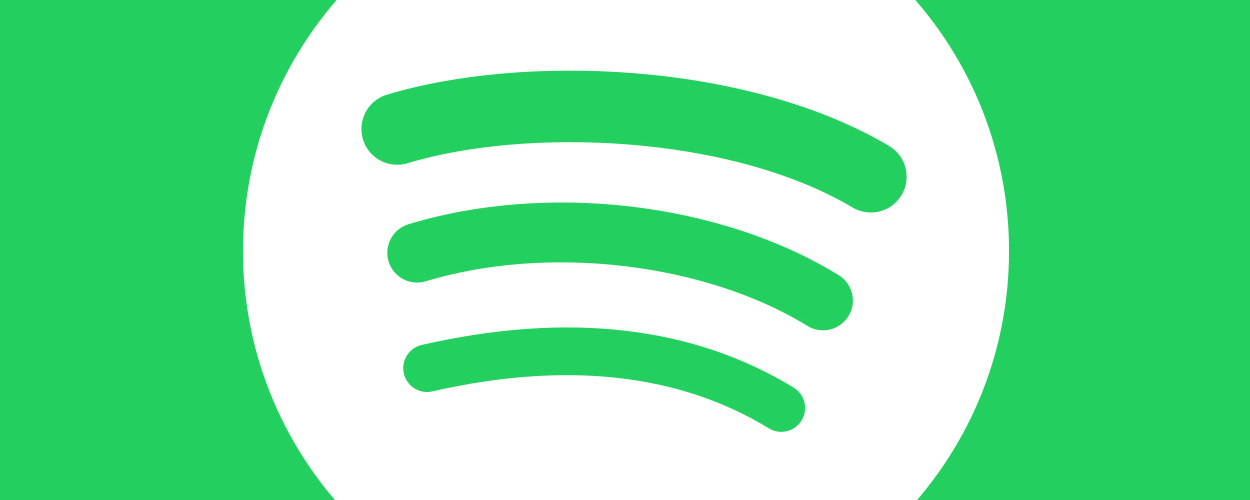This website uses cookies so that we can provide you with the best user experience possible. Cookie information is stored in your browser and performs functions such as recognising you when you return to our website and helping our team to understand which sections of the website you find most interesting and useful.
Business News Digital
Spotify piloting mid-price subscription package with increased functionality and ads
By Chris Cooke | Published on Wednesday 4 August 2021

Spotify is piloting a new subscription package that would mash together its current free and premium offerings. Basically, you’d get more of the functionality of premium, but with ads still included in the mix, in return for lower monthly subscription price.
It’s long been argued that there needs to be more choice when it comes to music streaming, with more price points between free and the standard $10 (or £10 or 10 euros etc etc) a month subscription price, and not just by offering discounts to new subscribers and students, and bundling accounts together through family plans.
Obviously, $10 a month is incredibly good value for on-demand access to more than 70 million tracks. And even though subscription prices are now slowly starting to increase, those increases won’t impact on the value of the proposition too much.
Except, of course, for more mainstream consumers $120 a year is still a lot to spend on recorded music, especially if you only actually want access to a few thousand – or even a few hundred – tracks. And converting more mainstream consumers into paying subscribers is now the main aim in many of the more mature music markets.
Various services have dabbled with having price points between free and $10 over the years, of course. Amazon is perhaps most active in this domain, with its cheaper options for Prime members and those happy to restrict their listening to Echo devices. But for any service looking to diversify the subscription offering, the key question is what do you put in lower-priced packages that is better than the free service but not as good as the $10 service.
With Spotify, other than annoying ads, the main difference between free and premium is that with the former you have only restricted functionality on mobile devices. According The Verge, the Spotify Plus package currently being tested would remove many of those restrictions, while ads would continue to play. It seems that experimenting with price point is also part of the pilot, with a monthly subscription as low as 99 cents among the propositions being tested.
A Spotify spokesperson told The Verge: “We’re always working to enhance the Spotify experience and we routinely conduct tests to inform our decisions. We’re currently conducting a test of an ad-supported subscription plan with a limited number of our users”.
Cautioning that none of this means a mid-price Spotify package will be properly on the market anytime soon, the spokesperson added: “Some tests end up paving the way for new offerings or enhancements while others may only provide learnings – we don’t have any additional information to share at this time”.
For the music industry, continuing to grow the premium subscriber base for streaming in mature markets remains a key priority, and mid-price products will become an increasingly important part of that in the years ahead. Which makes this pilot interesting.
Although, obviously there are always fears that existing $10 a month subscribers might opt for the cheaper option if the benefits are too close to the full package, reducing the amount of money they put into the business each month. And then there’s the tricky question of what impact a free/premium hybrid has on processing royalties, given that at the moment monies are shared out separately from the free services and the premium services.
It’s also an interesting pilot for the advertising industry. With many digital content services making ad-free a key selling point of premium – and with some consumers now getting pretty much all of their news, music, TV and other video content via premium services of that kind – a segment of consumers has been created that is harder for advertisers to reach through traditional media channels.
That in turn increases the power of Google and Facebook within the advertising domain, as the companies with ad-funded products still likely being accessed by those consumers.
A mid-price premium product that still carries ads would mean consumers who go that route to access their music and other digital content would still be reachable by advertisers, ensuring brands have more options for connecting with consumers.





